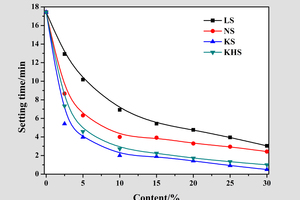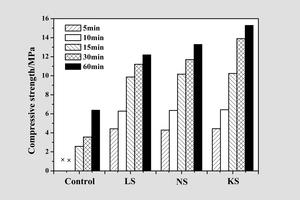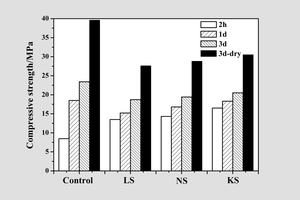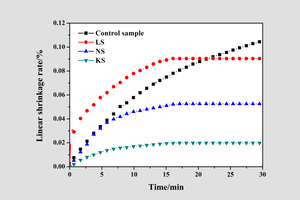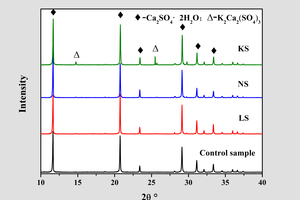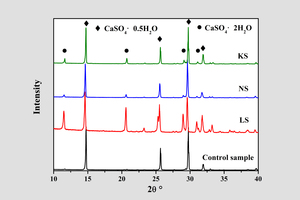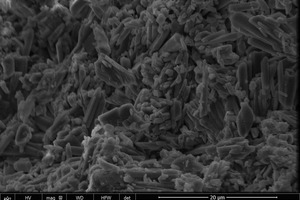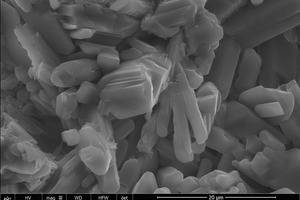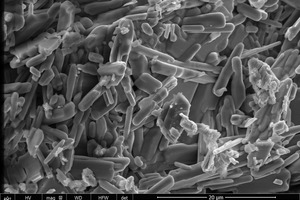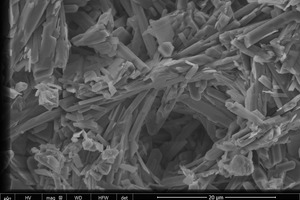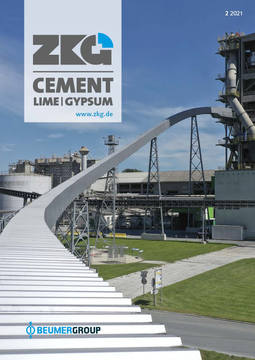REFERENCES
[1] Yu, Q. L.; Brouwers, H. J. H.: Microstructure and mechanical properties of b -hemihydrate produced gypsum: An insight from its hydration process [J]. Construction and Building Materials, 2011, 25, pp. 3149-3157
[2] Jiang, H. Y.; Luan, C. M.: Preparation and absorption/desorption performance of gypsum-based humidity controlling materials [J]. Journal of Wuhan University of Technology-Mater. Sci. Ed. 2011, 26 (4), pp. 684-686
[3] Ma, G. W.; Wang, L. A.: critical review of preparation design and workability measurement of concrete material for large scale 3D printing [J]. Frontiers of Structural and Civil Engineering, 2018, 12 (3), pp. 382-400
[4] Wu, P.; Wang, J.; Wang, X.: A critical review of the use of 3-D printing in the construction industry [J]. Automation in Construction, 2016, 68, pp. 21-31
[5] Paul, S. C.; Tay, Y. W. D.; Panda, B. et al.: Fresh and hardened properties of 3D printable cementitious materials for building and construction [J]. Archives of Civil and Mechanical Engineering, 2018, 18 (1), pp. 311-319
[6] Le, T. T.; Austin, S. A.; Lim, S. et al.: Hardened properties of high-performance printing concrete [J]. Cement & Concrete Research, 2012, 42 (3), pp. 558-566
[7] Shakor, P.; Sanjayan, J.; Nazari, A. et al.: Modified 3D printed powder to cement-based material and mechanical properties of cement scaffold used in 3D printing [J]. Construction and Building Materials, 2017, 138, pp. 398-409
[8] Sanjayan, J. G.; Nematollahi, B.; Xia M. et al.: Effect of surface moisture on inter-layer strength of 3D printed concrete [J]. Construction and Building Materials, 2018, 172, pp. 468-475
[9] Vaitkevičius, V.; Šerelis, E.; Kerševičius, V.: Effect of ultra-sonic activation on early hydration process in 3D concrete printing technology [J]. Construction and Building Materials, 2018, 169, pp. 354-363
[10] Buswell, R. A.; Leal, d. S. W. R.; Jones S. Z. et al.: 3D printing using concrete extrusion: A roadmap for research [J]. Cement and Concrete Research, 2018, 112, pp. 37-49
[11] Khalil, N.; Aouad, G.; El Cheikh, K. et al.: Use of calcium sulfoaluminate cements for setting control of 3D-printing mortars [J]. Construction and Building Materials, 2017, 157, pp. 382-391
[12] Feng, P.; Meng, X. M.; Chen, J. F. et al.: Mechanical properties of structures 3D printed with cementitious powders [J]. Construction & Building Materials, 2015, 93, pp. 486-497
[13] Deng, Y. H.; Zhang, C. Q.; Wei, X. S.: Influence of lithium sulfate addition on the properties of Portland cement paste [J]. Construction and Building Materials, 2014, 50, pp. 457-462
[14] Ridge, M. J., Surkevicius, H., Lardner, K. I.: Hydration of calcium sulphate hemihydrate. II. Acceleration by neutral salts [J]. Journal of Chemical Technology & Biotechnology Biotechnology, 2010, 12 (6), pp. 252-256
[15] Stirnemann, G.; Wernersson, E.; Jungwirth, P. et al.: Mechanisms of Acceleration and Retardation of Water Dynamics by Ions [J]. Journal of the American Chemical Society, 2013, 135 (32), pp. 11824-11831
[16] Zhi, Z. Z.; Ma, B. G.; Jian, S. W. et al.: Thermal analyses: Effect of cellulose ethers on hydration of high-strength gypsum [J]. Journal of Thermal Analysis & Calorimetry, 2017, 3 (129), pp. 1547-1554
[17] ASTM C472-99(2009): Standard Test Methods for Physical Testing of Gypsum, Gypsum Plasters and Gypsum Concrete [S]. 2009
[18] Ridge, M. J.; Surkevicius, H.: Variations in the kinetics of setting of calcined gypsum. I. Effects of retarders and accelerators [J]. Journal of Chemical Technology & Biotechnology, 2010, 11 (11), pp. 420-427

